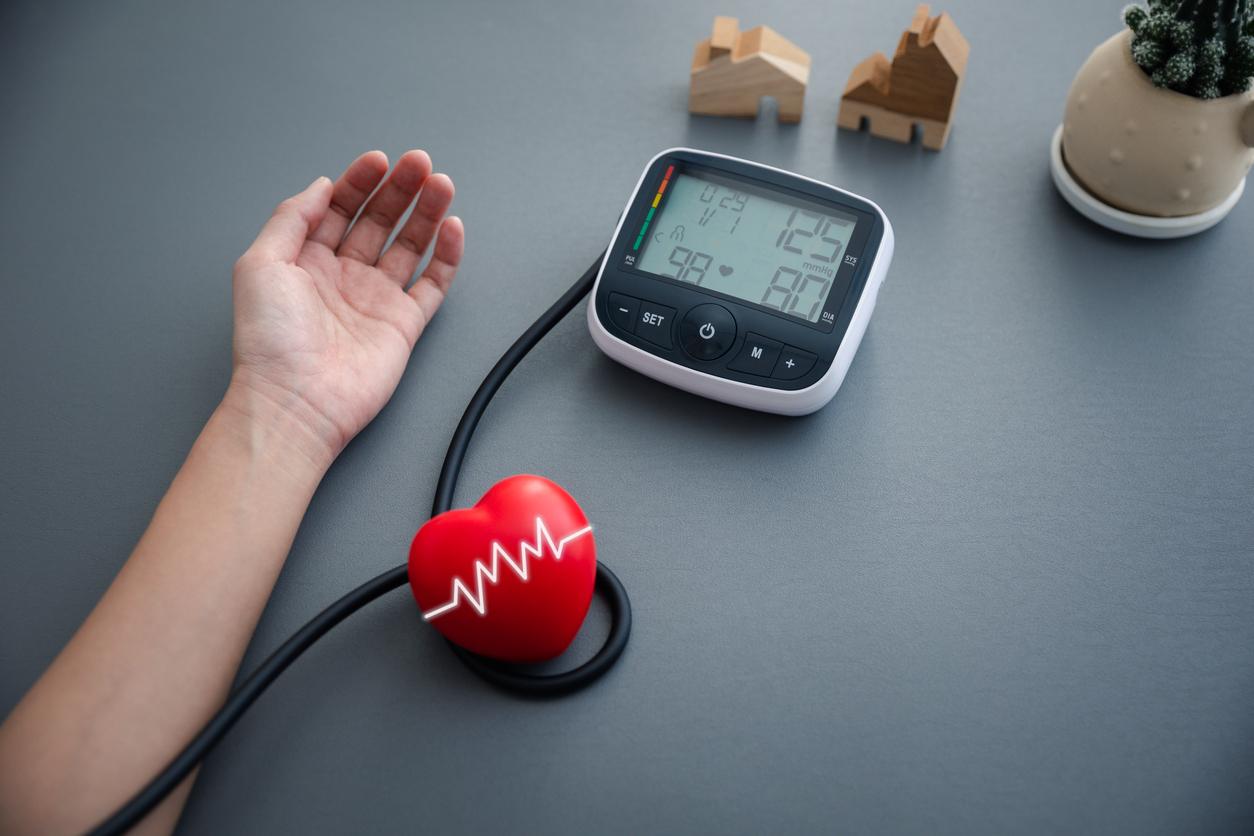After injecting lipid nanoparticles, the same technique as that used in messenger RNA vaccines, into mice with preeclampsia, their blood pressure fell.

- In preeclampsia, a single administration of LNP 55 encapsulating vascular endothelial growth factor mRNA resolves maternal hypertension until the end of pregnancy.
- In addition, this treatment improves the health of the fetus and blood circulation in the placenta.
- Now scientists must determine how many doses would be needed to treat the disease in larger animals and humans.
Known to be a leading cause of stillbirth and prematurity worldwide, preeclampsia affects 3-5% of all pregnancies. This complication, which results from placental dysfunction, is characterized by gestational hypertension, namely an increase in blood pressure greater than 140 mmHg and/or 90 mmHg occurring after the middle of the second trimester, and proteinuria, i.e. a protein concentration greater than 0.3 g/24 h in the urine, even though the urine does not normally contain any.
“With no drugs available to slow the progression of the disease, the ionizable lipid nanoparticle (LNP) technique for extrahepatic delivery of messenger RNA (mRNA) to the placenta could be a therapeutic option for preeclampsia”indicated researchers from the University of Pennsylvania (United States). This is why, as part of a study, published in the journal Naturethey wanted to test this theory.
Preeclampsia: a reduction in maternal hypertension thanks to a dose of LNP 55 encapsulating mRNA
For the purposes of the work, the team examined a library of 98 lipid nanoparticles (LNPs), “the molecules that helped bring the Covid-19 vaccine mRNA into cells”, and their ability to reach the placenta in pregnant mice. First, scientists induced preeclampsia through inflammation and hypoxia. Then, to determine the most effective lipid nanoparticle for delivering the mRNA to the placenta, they injected it into the rodents once, specifically on day 11 of their 20-day gestation.
Results show that placenta-tropic LNP (LNP 55) delivers more than 100 times more mRNA to the placenta in animals than formulations approved by the Food and Drug Administration (FDA). The authors found that a single administration of LNP 55 encapsulating vascular endothelial growth factor mRNA reduced maternal blood pressure through the end of pregnancy and improved fetal health and blood flow in the placenta. “Additionally, at birth we saw an increase in pup weight, indicating a healthy mother and babies,” said Kelsey Swingle, who led the work.
Towards “a real treatment for preeclampsia in human patients”?
“I am very excited about this work and its current stage, as it could offer a real treatment for preeclampsia in human patients in the very near future,” she added. Now researchers must answer new questions: “How many doses do larger animals, such as rats and guinea pigs, and humans need?”, “The minimum effective dose will will she change?” and “how well is our current LNP working in each of them?”


















